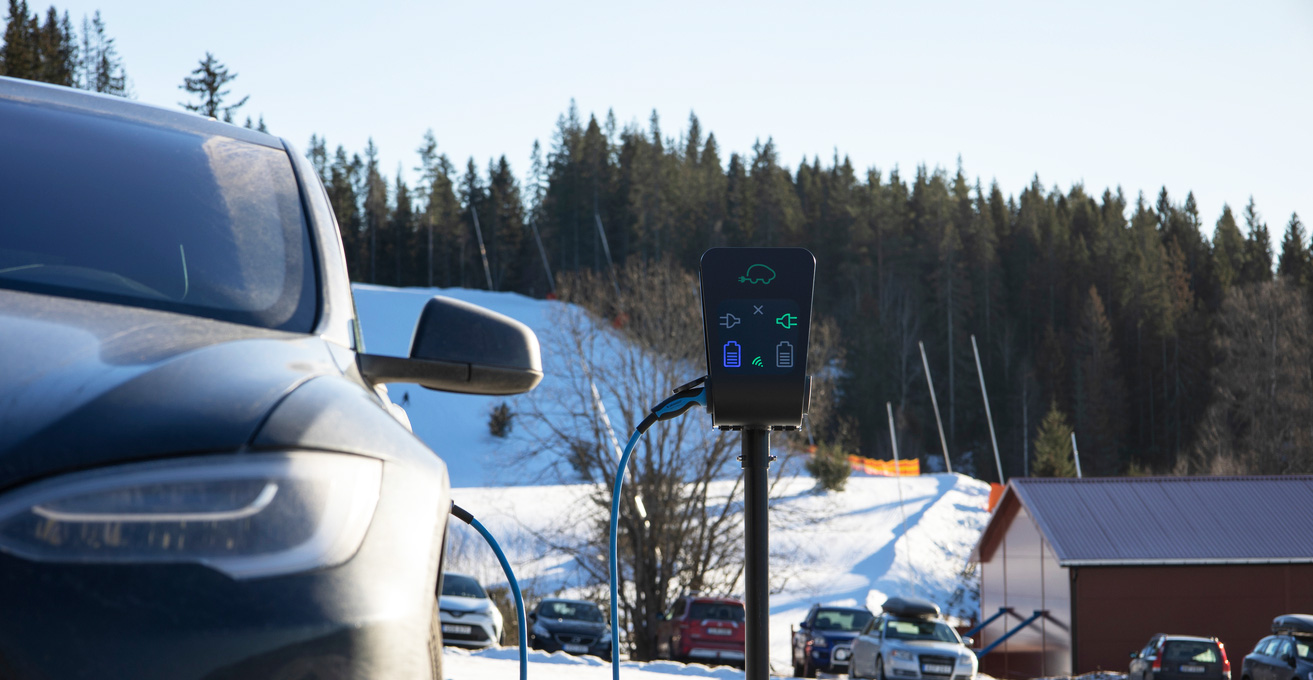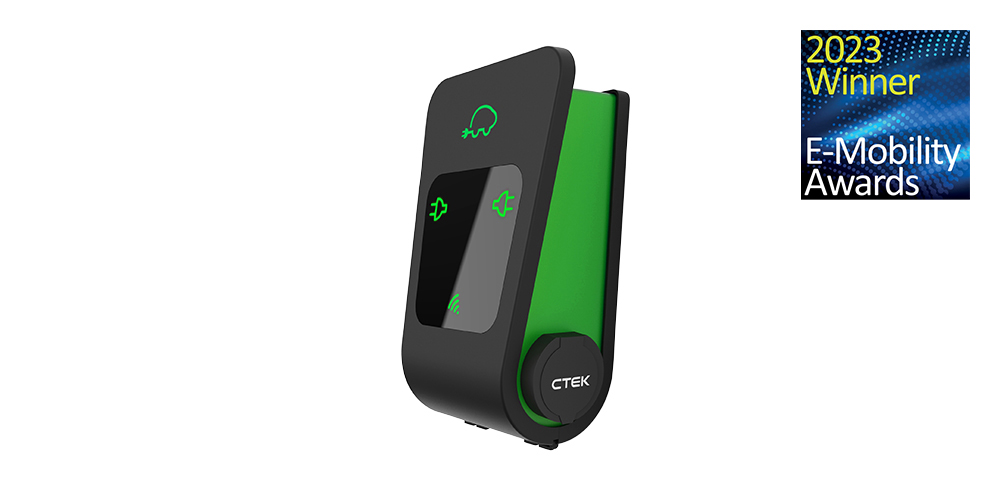Reduce energy costs in your home and charge your electric car with scheduling!
Electricity prices are rising and so are petrol and diesel prices. To shed some light on the economies of fuel, CTEK and Mobility Sweden are explaining how the electric car is still the cheapest!
Electricity prices continue to rise which will certainly raise concerns for any prospective electric car buyer. However, there is now some reassurance on the cost issue from the leading motor industry organisation, Mobility Sweden.
“Our statistics show that even though the price of electricity has increased by a higher rate than the price of petrol and diesel this year, it is still cheaper to drive an electric car compared to a fossil fuel car," says Mattias Bergman, CEO of Mobility Sweden.
Plan when to charge your car for cheaper EV driving
Daniel Forsberg, EVSE Marketing Manager at CTEK, is also stressing the importance of charging your electric car at the right time according to your energy provider.
“Electricity prices have soared during certain times of the day, but with a smart type of charging, the electric car still wins over a car with a petrol or diesel engine - even during those times of day when the electricity prices are at their highest.” Says Daniel Forsberg, who goes on to say:
“An electricity trading price of 0.04-0.07 (EUR) per kWh could be seen during the month of November at shorter times of the day for those with a variable hourly electricity contracts, but the truth is that on most days the electricity price is more affordable between the hours of midnight and 5am. This provides a perfect time window for charging your electric vehicle when you can schedule to charge in the early hours through the charging box.”
Use an electric car for an economic winner
“Even if you were choosing to charge your car during the time of day when the price of electricity is most expensive (where we have seen peaks of up to EUR 0.65/kWh this autumn/winter), this means a cost per ten kilometres of around EUR 1.10 with a consumption of 1.7 kWh/ten kilometres.
This compares to the current diesel price of EUR 2.10/litre and a consumption of 0.7 litres per 10 kilometres. This would mean a cost of around EUR 1.47 per ten kilometres.
If we look back at November 2022, which had an average price of EUR 0.13/kWh at hourly spot prices and a consumption of 1.7 kWh/ten kilometres, the cost would instead be around EUR 0.23/ten kilometres excluding the grid charge, which makes the electric car the most cost effective choice.” says Daniel Forsberg.
Load balancing protects against overloads and power peaks
During the cold winter months, there may be several different loads that can drain the power grid, this can create power spikes. An example of a power spike might be an induction hob on full power or a hot tub that is running its maintenance heat. If an electric car is charging at a continuously high rate at the same time, there may not be room for these power spikes, you simply risk overloading your main fuses in the property. If the fuses are overloaded, one or more of them may blow, shutting down part or all the electricity in the property.
To prevent this, a load balancer should be used to protect against overloading the circuit. The system senses in real time the total power of the property and can reduce or completely switch off the electric vehicle charging if necessary. As the load balancer works dynamically, the system can temporarily reduce the power of the charging and later return to full power. With this system, you never have to worry about if the electric car, the dryer and the oven are all being used at the same time. The property will always have priority and the electric car will be given as much charge as possible in line with the capacity of the main fuses.
Finally, 9 tips to reduce electricity consumption in your home;
- Make sure you have energy efficient windows and doors to keep the heat inside
- During particularly cold periods, thicker curtains can help provide an extra layer of insulation at windows and doors.
- Is your attic well insulated? Additional insulation can reduce your house heating costs by up to 25%.
- Replace all indoor and outdoor light sources with LED bulbs.
- Schedule your energy consumption. Today, energy use can often be scheduled via smart pucks in the power outlet/light switch or via smart plugs. By creating different profiles, lighting can be switched off or dimmed at certain times of the day, reducing consumption.
- Install solar panels. Perhaps not so effective during the dark winter months, but over the whole year it is not uncommon for a 10kW installation to handle 70-80% of the annual consumption of a house.
- Switch off appliances instead of leaving them on stand-by.
- Do you have an variable hourly electricity trading contract? Then it usually pays to schedule electric car charging, washing machine, dishwasher and other energy-consuming activities between midnight and 05.00a.m.
- Reduce the temperature in your house to around 20 degrees, every degree that the heat is raised has a big impact on your consumption.
Want to learn more about scheduling electric car charging? CLICK HERE
Want to learn more about NANOGRID load balancing? CLICK HERE


